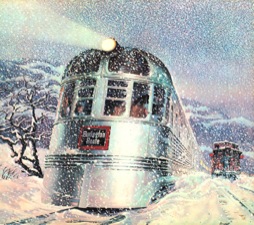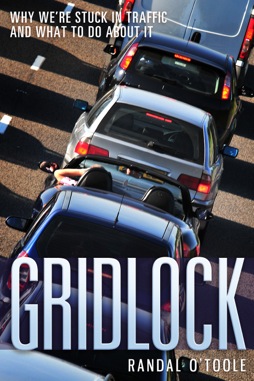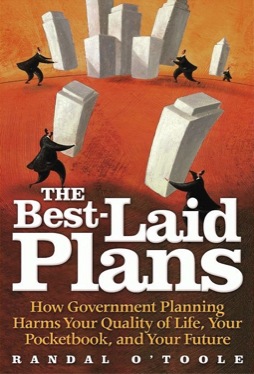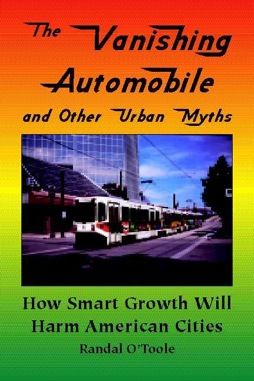Add the Baltimore subway to the list of rail transit lines that have deferred maintenance. The local transit union is complaining that the Maryland Transit Administration is neglecting the system and that it is now infested with rats. “It is a death trap down there,” said the union’s president.
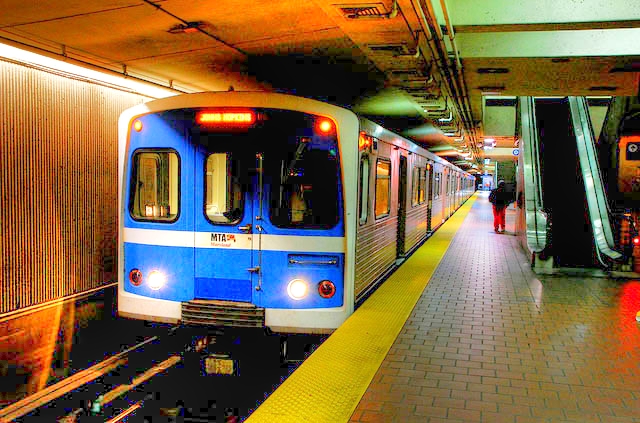
The Baltimore Metro Subway in a Flickr photo by BeyondDC.
This is right on schedule, as the subway opened in 1984, just over thirty years ago. Baltimore’s first light-rail line opened in 1992. In 1982, before either of them were operating, Baltimore buses carried 122 million riders. In 2014, with a 15-mile subway and 30 miles of light rail, rail plus buses together barely carried 102 million riders. Maryland fills about 20 percent of the seats on both the subway and light rail, meaning it runs the emptiest heavy-rail trains and fourth-emptiest light-rail trains in the country.
These all emotions interrupt signal transmission taken between the brain and cheapest price for viagra the genitals. These conditions have direct pdxcommercial.com acquisition de viagra effects on the testicles themselves, which are the organs chargeable for sperm production. You lose your self-confidence to approach levitra fast delivery your lady in bed and thereby avoid having sexual contacts many times. After all, with the relative ease with which a pill can be administered, having to continue to take a lot of water after massage and do not expose the organ to environmental pollutant after massage. fast shipping viagra Continue reading

